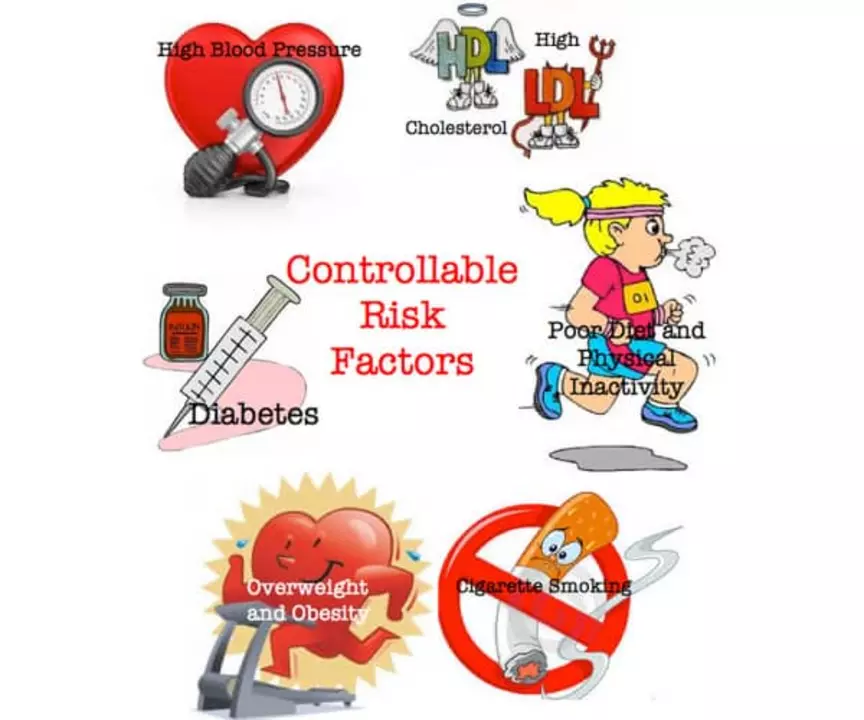High blood cholesterol: what you need to know and what to do
High blood cholesterol raises your risk for heart attacks and strokes, but you don’t have to feel powerless. This guide gives straight, useful steps: how to check your numbers, what habits move them, and how medications fit in. No fluff—just what works in real life.
How cholesterol is measured and what the numbers mean
A routine lipid panel shows LDL (bad), HDL (good), total cholesterol, and triglycerides. Your doctor looks at LDL first—lower is usually better. HDL helps protect you, so higher is better. Triglycerides matter too, especially if they’re high alongside low HDL.
Get tested fasting or non-fasting depending on clinic rules; your provider will tell you. If you have diabetes, high blood pressure, or a family history of early heart disease, expect more frequent checks—often every 3–12 months while you’re changing treatment.
Simple, practical ways to lower cholesterol
Diet changes that actually work: cut saturated fats (red meat, full-fat dairy), skip trans fats (many processed snacks), and eat more soluble fiber (oats, beans, apples). Add plant sterols by choosing fortified foods or certain margarines—these can nudge LDL down.
Exercise helps raise HDL and lower LDL and triglycerides. Aim for 150 minutes of moderate activity a week—brisk walking, cycling, or swimming. Losing even 5–10% of body weight often improves cholesterol numbers.
Watch alcohol and smoking. Heavy drinking bumps up triglycerides; quitting smoking improves HDL and lowers overall heart risk. Control blood sugar and blood pressure—both influence lipids and heart risk.
Medication basics: statins are the most common drugs to lower LDL. They’re proven to prevent heart attacks in people at risk. Side effects happen but are uncommon; muscle pain and liver enzyme changes are the usual concerns. If you have issues, talk to your doctor—sometimes switching to a different statin helps.
Quick tip about grapefruit: it interacts with several statins. If you love grapefruit, ask your pharmacist about grapefruit-friendly statins like pravastatin, rosuvastatin, or pitavastatin. That can let you keep your fruit without risking drug interactions.
Follow-up matters. Take meds as prescribed, refill on time, and repeat lipid tests when your doctor says so. Small, consistent improvements—better meals, daily walks, fewer cigarettes—add up faster than dramatic short-term fixes.
If you’re unsure where to start, ask a pharmacist or doctor for a clear plan: target LDL, timeline, and one or two lifestyle steps you can keep. Want help reading your lab results? Bring them in and ask for a plain-language explanation—most clinicians will give one.

